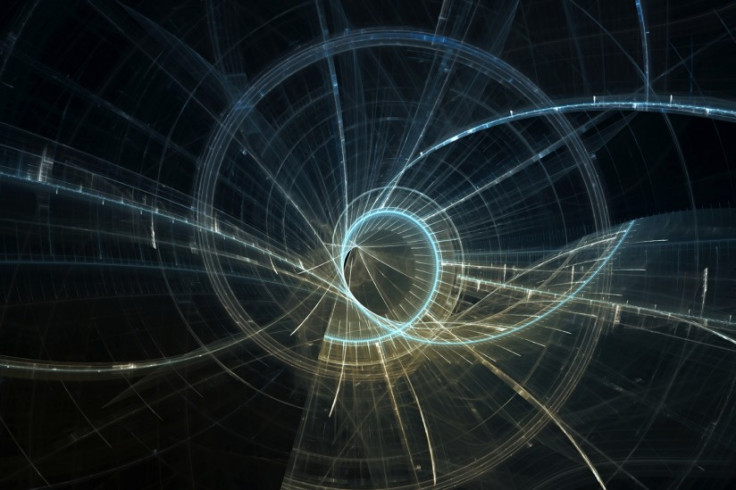Physics: Matter Could Be The Result Of Splitting Or Joining Of Strings, Says New Theory

In the search for one unified theory that explains all phenomena in the observable universe, two researchers have come up with a theory that links string theory to quantum mechanics and allows the M-theory to be the basis of physics.
Their theory suggests all of matter is the result of strings splitting or joining. The simple mathematical model does away with many discrepancies that arise in merging the large and small of the universe.
The USC Dornsife College of Letters, Arts and Sciences researchers used string theory to validate quantum theory instead of the other way around so far.
The world of physics is split with different sets of rules explaining the macro and micro worlds — quantum for the atomic scale, and general relativity for the cosmic scale. While attempts have been made to unite both, they have failed.
The search for a unified field theory or the "theory of everything", which unites the forces of the universe -- gravity, electromagnetism, and the strong and weak nuclear forces – has long been the holy grail of physics struggling to reconcile the big and small.
In the 70s the string theory was knit together to explain the "inconsistencies" of quantum gravity that attempts to reconcile the quantum world with gravity.
It suggested that fundamental unit of matter was a tiny string and the world was a manifestation of the vibrations of these strings as they interacted.
Many types of string theories with open and closed strings were suggested as various scenarios of the M-theory dealing with differing symmetries and energies of the participating particles.
Most of them dealt with a spacetime universe with 10-11 dimensions.
Gravity and time have been shown to emerge from the vibration of these strings.
But string theory has remained in knots largely, complicated. The latest study tries to simplify the theory.
Lead author Itzhak Bars, USC Dornsife College of Letters, Arts and Sciences professor and lead author of the paper says:"Our argument can be presented in bare bones in a hugely simplified mathematical structure. The essential ingredient is the assumption that all matter is made up of strings and that the only possible interaction is joining/splitting as specified in their version of string field theory."
At the large scale where gravity overrules the quantum rules, Newtonian mechanics and Einstein's relativity rule the roost and explain the dynamics of space time fabric and matter in this context.
At the quantum scale, things are fuzzy and matter faces a computational uncertainty where position and momentum cannot be defined precisely at any point for any matter.
These results have been borne out in experiments done in particle accelerators but pose a major problem when trying to merge with the relativity theory.
The mathematical theory presented by the USC researchers explains how this fuzziness arises by starting from the string theory.
The paper is published in the journal Physics Letters.
© Copyright IBTimes 2025. All rights reserved.





















